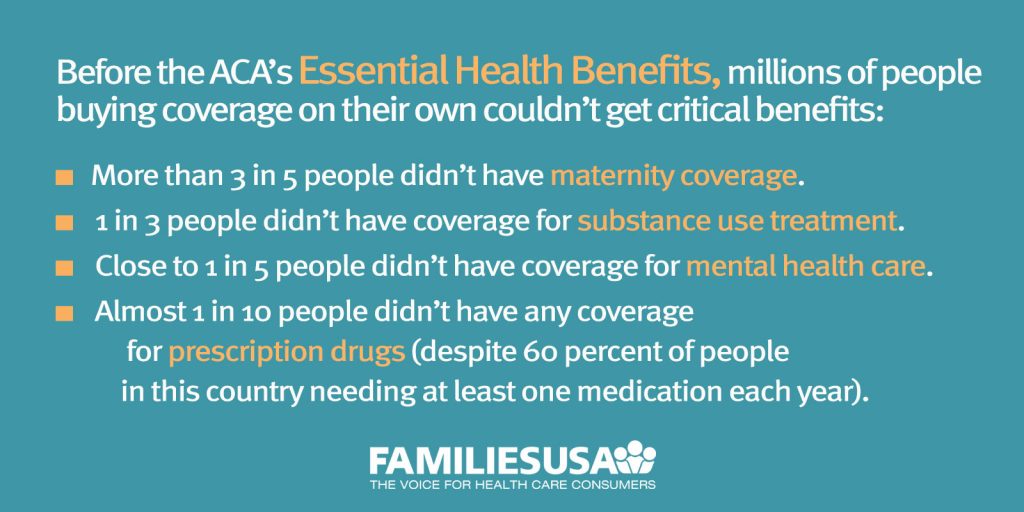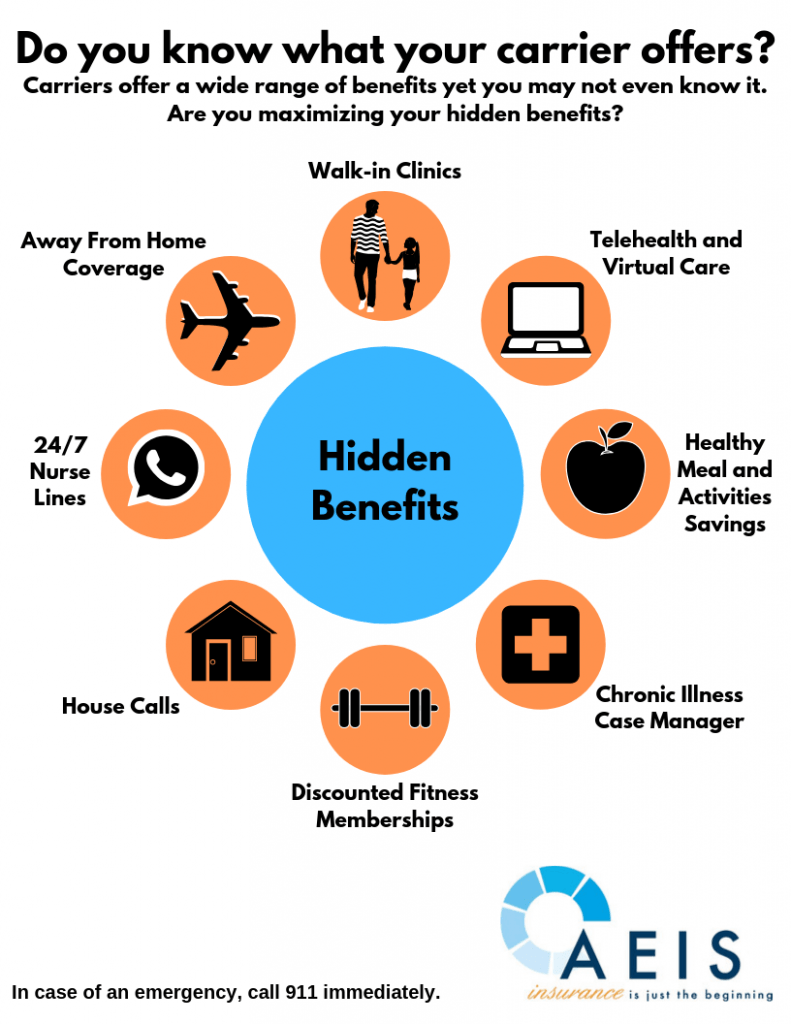Medicare Advantage Agent for Dummies
Medicare Advantage Agent for Dummies
Blog Article
The Single Strategy To Use For Medicare Advantage Agent
Table of ContentsAll About Medicare Advantage AgentA Biased View of Medicare Advantage AgentOur Medicare Advantage Agent PDFs

adheres to from puzzling the relatively young age account of the without insurance with the better health and wellness, generally, of younger individuals. This obscures the link in between wellness condition and medical insurance. For those without access to work environment medical insurance, poor health and wellness is a potential obstacle to purchasing nongroup insurance coverage since such coverage might be extremely priced, leave out preexisting conditions, or be merely not available. The variety of uninsured Americans is not especially huge and has not transformed in the last few years. 7 out of ten participants in an across the country representative study thought that less Americans did not have medical insurance than really do(Fronstin, 1998). Roughly fifty percent(47 percent )believed that the number of people without health and wellness insurance policy lowered or remained continuous over the latter fifty percent of the last years(Blendon et al., 1999). This decline of practically 2 million in the variety of people 'without insurance (a decrease
of about 4 percent)is certainly a favorable change. With a softer economy in 2000 the current reported gains in insurance policy coverage might not continue(Fronstin, 2001 ). The decrease in the number of uninsured will certainly not proceed if the economic situation remains slow and healthcare expenses proceed to exceed rising cost of living. This is because the information were gathered for a period of strong financial performance. Of the approximated 42 million individuals who were uninsured, just about about 420,000(regarding 1 percent)were under 65 years old, the age at which most Americans become qualified for Medicare; 32 million were grownups between ages 18 and 65, about 19 percent of all grownups in this age team; and 10 million were children under 18 years of age, regarding 13.9 percent of all children (Mills, 2000). These price quotes of the variety of persons uninsured are produced from the annual March Supplement to the Present Populace Survey (CPS), conducted by the Demographics Bureau. Unless or else kept in mind, national quotes of individuals without medical insurance and percentages of the population with various kinds of insurance coverage are based upon the CPS, the most widely utilized resource of quotes of insurance coverage and uninsurance rates. These studies and the quotes they generate are defined briefly in Table B. 1 in Appendix B - Medicare Advantage Agent. These studies vary in size and sampling approaches, the inquiries that are inquired about insurance
The Medicare Advantage Agent Diaries
coverage, and the moment duration over which insurance policy protection or uninsurance is determined(Lewis et al., 1998, Fronstin, 2000a ). Still, the CPS is particularly helpful due to the fact that it generates annual quotes reasonably promptly, reporting the previous year's insurance policy protection estimates each September, and because it is the basis for a regular collection of estimates for greater than 20 years, enabling evaluation of fads in insurance coverage gradually.

The 6-Second Trick For Medicare Advantage Agent
Over a three-year period starting early in 1993, 72 million people, 29 percent of the U.S. population, were without coverage for at the very least one month. Within a single year(1994), 53 million people experienced a minimum of a month without coverage(Bennefield, 1998a). 6 out of every ten uninsured grownups are themselves utilized. click to investigate Although working does improve the possibility that a person and one's relative will have insurance coverage, it is not an assurance. Even members of family members with 2 full time breadwinner have practically a one-in-ten chance of being uninsured (9.1 percent uninsured price)(Hoffman and Pohl, 2000 ). The relationship between medical insurance and accessibility to care is well established, as recorded later on in this chapter. Although the partnership in between health and wellness insurance coverage and health and wellness outcomes is neither direct nor easy, a comprehensive scientific and health and wellness services research literary works links medical insurance protection
to better access to care, much better top quality, and improved individual and populace health condition. The second report, on individual health end results for uninsured adults, is represented by the inner circle of the figure, while the third record, on family members well-being, encompasses the topics of the second report yet emphasizes a different device of analysis, namely, the family. The 6th record in the collection will provide info concerning approaches and campaigns undertaken locally, statewide, or across the country to attend to the lack of insurance coverage and its negative influences. Degrees of analysis for checking out the effects of uninsurance. This discussion of medical insurance protection concentrates mostly on the U.S. populace under age 65 because basically all Americans 65 and older have Medicare or other public protection.
Additionally, it focuses specifically on those with no wellness insurance coverage for any type of length of time. The problems faced by the underinsured remain in some aspects similar to those dealt with by the without insurance, although they are typically less severe. Uninsurance and underinsurance, however, include distinctly different plan issues, and the strategies for addressing them might vary. Throughout this research study and the five records to adhere to, the main emphasis is on persons without medical insurance and thus no aid in spending for health and wellness care beyond what is readily available via charity and safeguard establishments. Medical insurance is a powerful variable affecting invoice of care since both patients and medical professionals respond to the out-of-pocket rate of services. Wellness insurance coverage, nonetheless, is neither required nor enough to acquire accessibility to medical services. However, the independent and direct impact of wellness
insurance coverage on accessibility to health and wellness services is well established. Others will certainly get the healthcare they require even without wellness insurance coverage, by paying for it expense or seeking it from companies that supply care totally free or at highly subsidized prices. For still others, wellness insurance coverage alone does not make sure invoice of treatment due to the fact that of other nonfinancial barriers, such as a lack of health and wellness care companies in their community, limited accessibility to transportation, illiteracy, or etymological and social distinctions. Official study about uninsured populations in the United States dates to the late 1920s and very early 1930s when the Board on the Cost of Treatment created a collection of records regarding funding medical professional office brows through and hospitalizations. This problem ended up being significant as the varieties of medically indigent climbed up throughout the Great Clinical depression. Empirical research studies continually sustain the web link between accessibility to care and boosted wellness end results(Bindman et al., 1995; Starfield, 1995 ). Having a normal resource of treatment can be considered a predictor of accessibility, instead Learn More of a straight procedure of it, when health and wellness outcomes are themselves used as accessibility signs. This extension of the notion of gain access to measurement was made by the IOM Committee on Keeping Track Of Accessibility go to Personal Health And Wellness Care Provider(Millman, 1993, p. Whether parents are guaranteed appears to affect whether their kids receive treatment in addition to how much careeven if the kids themselves have coverage(Hanson, 1998). The wellness of parents can affect their capacity to take care of their children and the degree of household tension. Bothering with their children's accessibility to care is itself a source of anxiety for parents. Three phases comply with in this record. Chapter 2 gives an introduction of how employment-based wellness insurance coverage, public programs and specific insurance coverage policies run and engage to offer extensive yet incomplete coverage of the united state populace. This includes a testimonial of historical trends and public laws influencing both public and personal insurance policy, a discussion of the communications amongst the different sorts of insurance, and an exam of why people relocate from one program to another or end up

Report this page